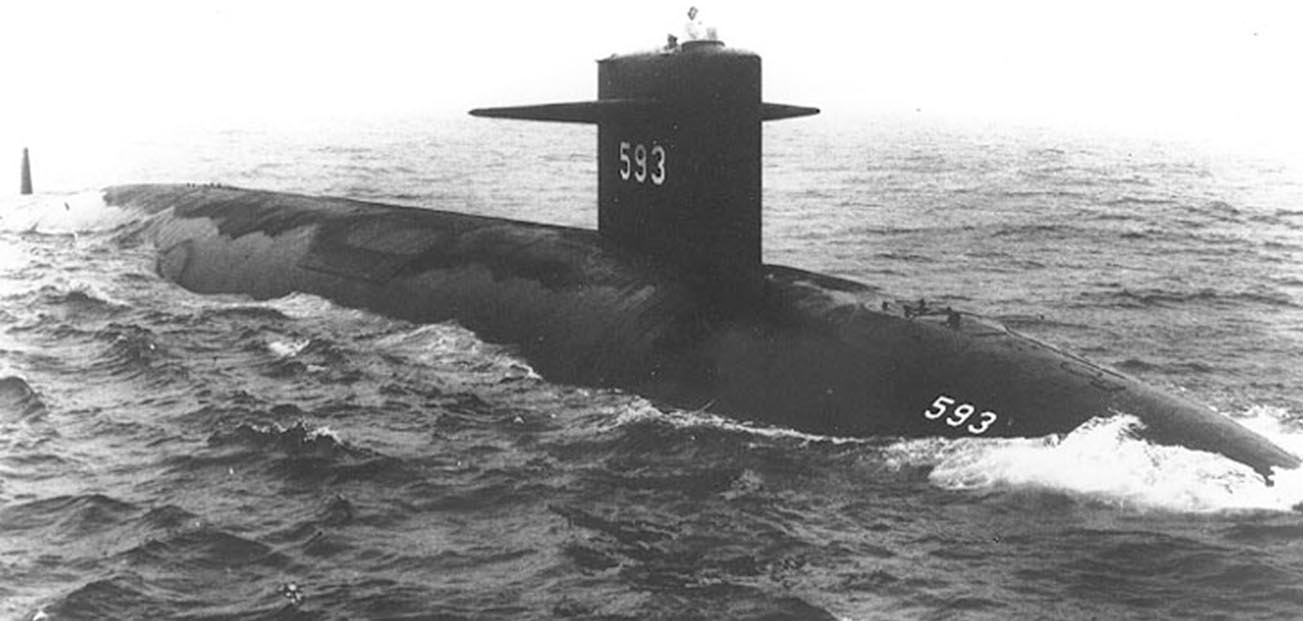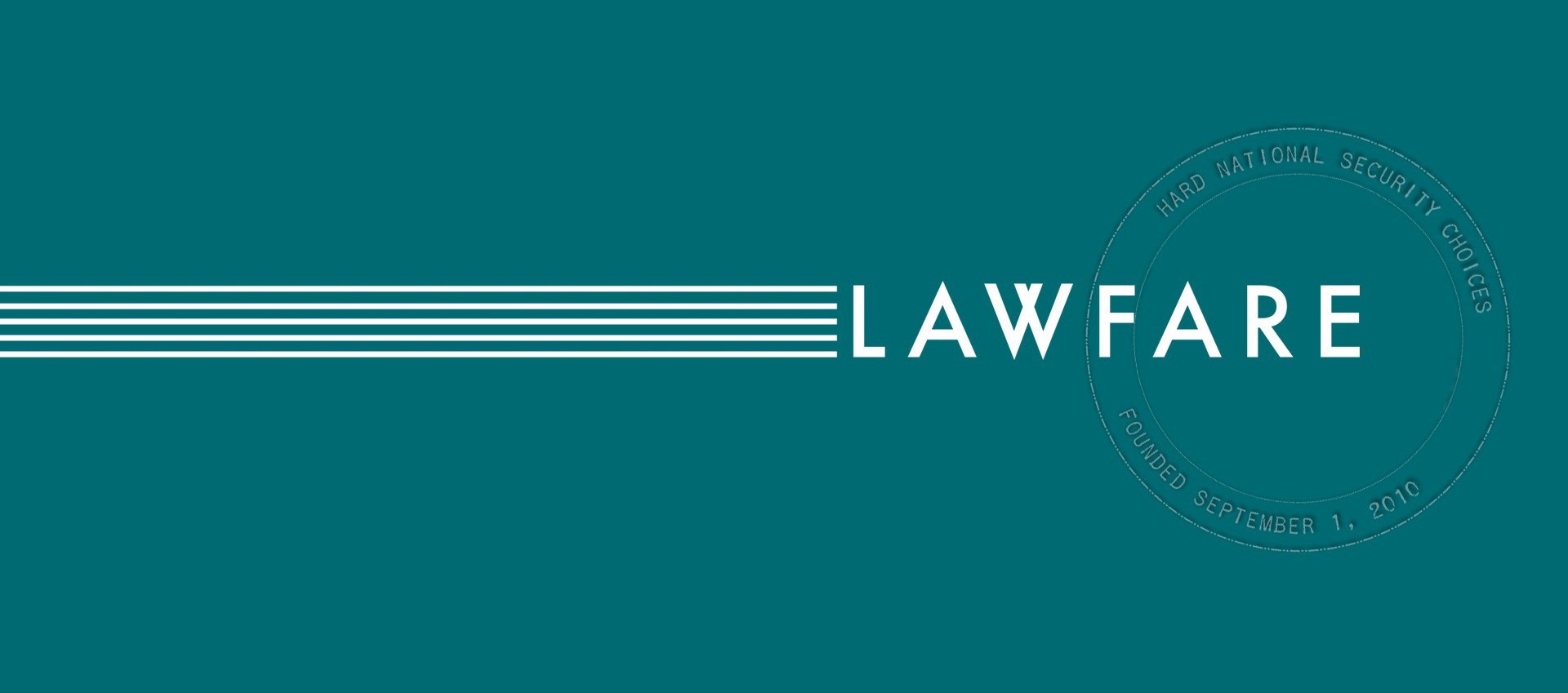Fifty-Seven Years Later: America’s Worst Nuclear Submarine Disaster
Much of the information about the loss of the USS Thresher and the Navy’s subsequent investigation has remained outside of public view. That may change this year.

Published by The Lawfare Institute
in Cooperation With

Fifty-seven years ago today, America suffered its first, and in terms of fatalities its worst, loss of a nuclear-powered submarine. Yet, much of the information about that disaster and the Navy’s subsequent investigation has remained outside of public view. That may change this year.
On April 10, 1963, the nuclear-powered fast attack submarine USS Thresher (SSN 593), the first of a new class of submarine, was lost at sea when it sank while conducting a deep dive test some 220 miles east of Cape Cod. All 129 crew members and civilians on the Thresher perished with her. Later that day, the commander in chief of the United States Atlantic Fleet ordered a court of inquiry to investigate Thresher’s sinking. The court of inquiry issued its report in June 1963 but was unable to determine what caused Thresher to sink. The court of inquiry did opine, however, that a flooding casualty in the Thresher’s engine room was the most probable cause of Thresher’s sinking. The court of inquiry encouraged further study.
Over a half-century later, very little of the record of the court of inquiry has been publicly released even though the Navy undertook a declassification review of the records in April 1998 with a stated purpose to declassify and release information from these records to the public “whenever possible.” That review came to naught when in February 2012, after up to 75 percent of the records had been declassified, the Navy changed course, deciding it would not make a public release of the records. Instead, the Navy said the records were “available for public release through” a Freedom of Information Act (FOIA) request.
Last year, retired Navy Captain James Bryant, who had commanded a Thresher-class submarine in the 1980s, learned that Arlington National Cemetery planned a September 2019 dedication ceremony for a memorial to the 129 lives lost with the Thresher. As a result, Bryant, who now investigates, lectures and writes about the loss of the Thresher and the accuracy of the investigating court of inquiry, submitted a FOIA request in April 2019 to the Navy for records about the loss of the Thresher, specifically including the record of the court of inquiry. He requested expedited processing, hoping the Navy might release the records before the Thresher memorial’s dedication ceremony. In July 2019, after exhausting his administrative appeals, Bryant filed a FOIA lawsuit.
In February this year, Judge Trevor N. McFadden of the U.S. District Court for the District of Columbia ordered the Navy to review 300 pages of documents a month starting April 30 and by the end of every month thereafter, and to begin rolling productions of documents starting on or before May 15 and every month thereafter.
Therefore, during this 57th anniversary year of the Thresher’s sinking, the American public, including the families of the 129 men who lost their lives, may finally begin to see the Navy’s documents on the loss of the Thresher and the record of the court of inquiry that investigated that loss. How much of the information in these documents the Navy will choose to release is a separate matter. The Navy may continue to keep as much information as possible from the public as allowed by law, may use its discretionary authority to release as much information as possible to the public, or may take an approach somewhere in between. What one can say with some degree of confidence, however, is that some amount of these records will be released in full or with redactions before the 58th anniversary of the loss of the USS Thresher.




